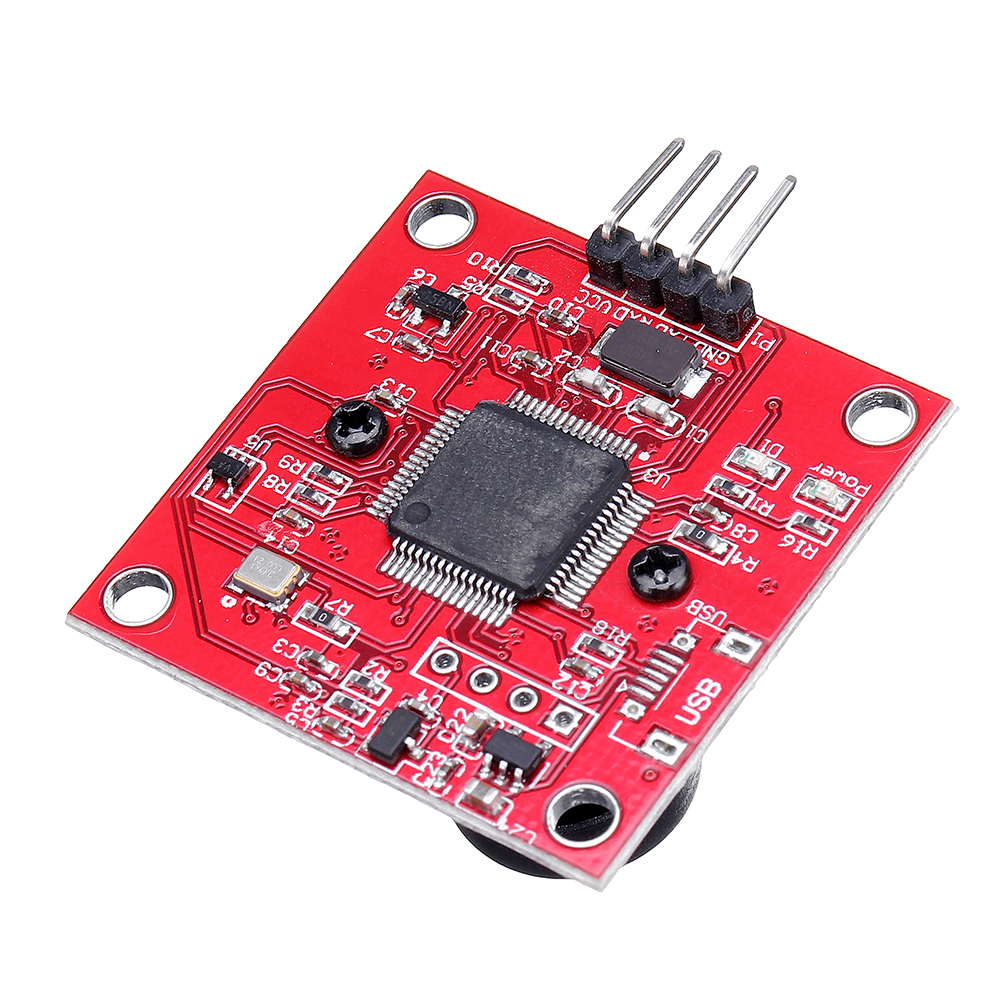

- #Arduino camera to raspberry pi how to
- #Arduino camera to raspberry pi serial
This command will take a few seconds to execute, because the camera functionality needs some time for initialization.Īfter writing raspistill, I have added -o ~/Pictures/first_image.jpg. $ raspistill -o ~/Pictures/first_image.jpg

To take a picture, you’ll need to use the raspistill command and also provide one argument: the name of the file for the output, so raspistill can save the photo into that file. First picture with Raspberry Pi and raspistill If you don’t have the terminal icon on the top bar, click on the Raspberry Pi icon > “Accessories” > “Terminal”. Here we’ll use the raspistill command in the terminal – already installed on the Raspberry Pi OS.įirst, open a terminal. Now that the camera is plugged and enabled, you can start to take pictures. Take a picture with the Raspberry Pi camera

Then, click on OK and reboot your Pi so the change will be effective. Select the “Interfaces” tab and click on “Enable” next to “Camera:”. To open the settings for the Pi camera, click on the Raspberry Pi icon > “Preferences” > “Raspberry Pi Configuration”. The blue part should face the jack and USB ports. Once you’ve located the camera port, now make sure to plug the connector in the right way. The camera port is between the HDMIs ports and the jack port. Localize the camera port (don’t confuse it with the display port which has a similar connector). Conclusion – Going further with the Pi camera moduleįirst, make sure to shutdown and power off your Raspberry Pi.
#Arduino camera to raspberry pi how to
How to get the complete list of settings for raspistill?. Customize the images you take with the Raspberry Pi camera. Open the image you’ve taken with raspistill. First picture with Raspberry Pi and raspistill. Take a picture with the Raspberry Pi camera. “We’re fascinated with robots because they are reflections of ourselves. I just want to conclude with this quote by Ken Goldberg : We had so much fun working in this project, so we hope we could transmit to you a part of our joy in reading this article ! =DĪny question or remark are very welcomed in the comments section below ! This way we were able to keep detecting obstacles in real time, all while using the Pi Camera, doing the image processing. Without ever sending the same signal twice in a row. To make up for that, we had the genius idea (not that genius but it still saved our lives) of processing the measured distances in the Arduino, and only send a signal: This method was working fine at first, but upon integrating the image processing part, we noticed a huge latency in the values received from the Arduino. That’s why we thought about designing this small script that allows us to compare the performance of each capturing method (we also used it for the image processing later), and we finally found that this is the most suitable method of capturing for us, since it avoids the expensive compression to JPEG format, which we would then have to take and decode to OpenCV format anyway.īy using the docs found here, the Arduino was sending all the measured distances to the Raspberry Pi, which then had to process all of them, and give the command to stop when an obstacle is near. Then, as we can see here, Pi Camera has a many capture modes. We’ll define the resolution of the camera stream to be 320 x 240 with a maximum frame rate of 90 FPS. We initialize our camera object, which allows us to access the Raspberry Pi camera module. #Arduino camera to raspberry pi serial
We used a classical serial protocol as found in the Cherokey docs. To make the arduino communicate with the Raspberry Pi, measure the distance to the closest object ahead of the Ultrasonic Sensor, and give commands to the motors. Note : We chose to calculate the path on the server side and not on the Raspberry because the latter needs all the memory resources it can find to do the image processing in order for the robot to keep pursuing the line, as we will detail later.Īn easy implementation example can be found here. In the case of going to a certain coordinate for example, it calculates the shortest path to go there (using A* algorithm), and sends the list of commands to be done to the Raspberry Pi.
The server : Receives a command from the controller, processes it, and forward to one or multiple robots. (or more simply, just a keypress on the terminal) It’s where the user can enter the commands to be executed. The controller : In our case, it’s the terminal. Afterwards, it’ll get connected to the same Wifi automatically. Note: The Raspberry only needs to be configured on the Wifi Hotspot the first time. First of all, we started by connecting the laptop and Raspberry on the same Wifi (for example from the laptop’s Wifi Hotspot, then we configured the VNC Viewer on the Raspberry Pi, and started controlling the Raspberry from the laptop.







 0 kommentar(er)
0 kommentar(er)
